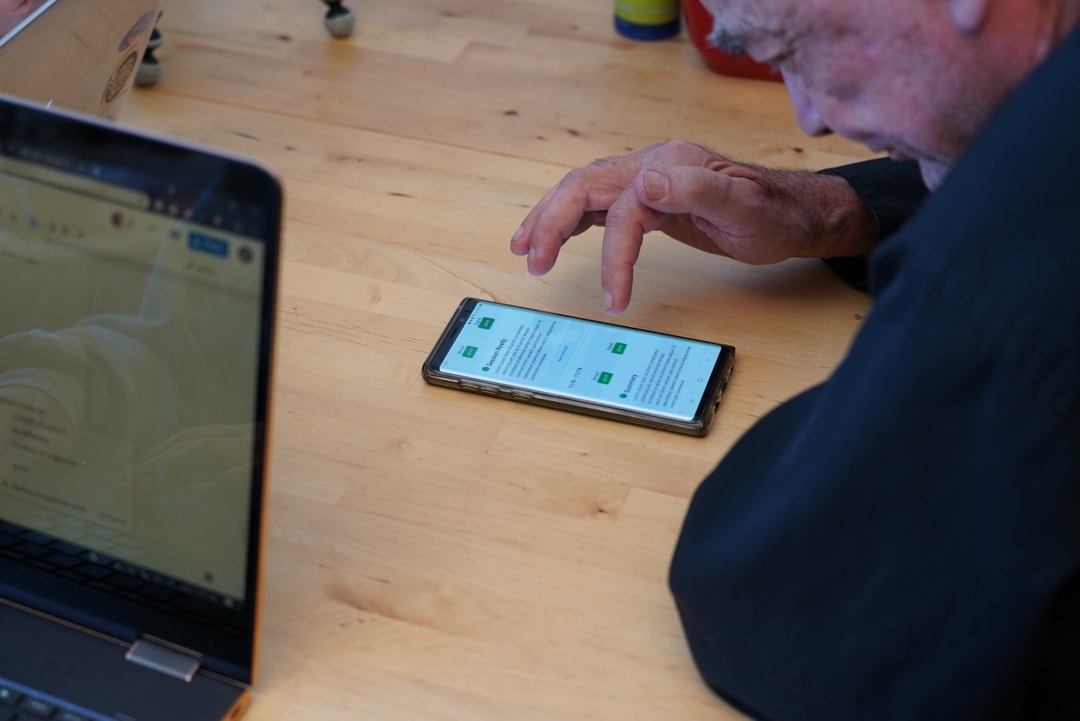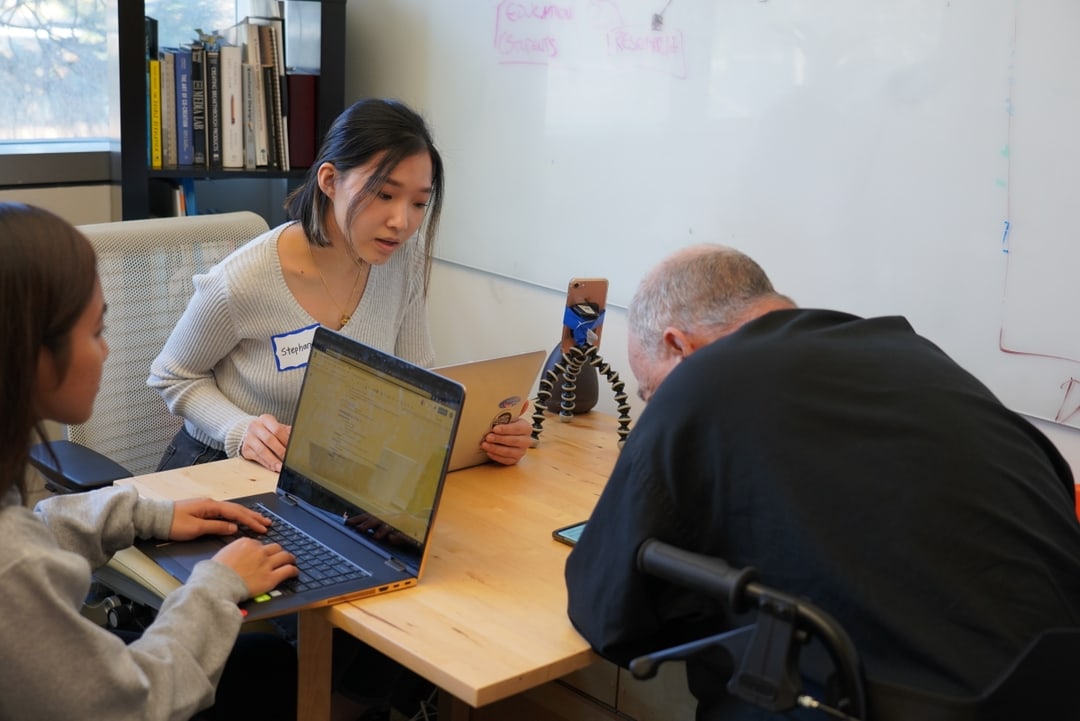PROJECTS
Diabetes Education
CATEGORY:
Dexcom

Reimagining Diabetes Education
Timeline: Summer ‘20 Design Sprint
Type: Community Challenge
Team: Stephanie Kim, Allison Patacsil, Stefanie Mendoza, and Vidya Raghvendra
Mentors : Gayle Lorenzi, Laura Barba, Andrea Stallings, Arizona Milotich, Heidi Rataj, and Lars Mueller
Overview
Over 10 weeks, a group of four UC San Diego designers, along with the help from mentors Gayle Lorenzi, RN, CDCES, Arizona Milotich, Dr. Lars Mueller, and Heidi Rataj designed an interactive visual tool for both healthcare provider and patients to support their learning of diabetes management.
With the goal of allowing people to see their diabetes in a clear, digestible manner, the team created InsuLearn, a website with interactive modules that teach people about insulin timing and dosing for better control of glucose levels.
You Can View Our Finalized Website Here
Background
Living with diabetes can be stressful. On top of the physical, emotional, and financial challenges, once a person is diagnosed, there is an overwhelming amount of information they need to learn and understand quickly in order to manage healthy lifestyles.
“How can we make diabetes, specifically the relationship between insulin and glucose, easier to understand and manage?”
User Research
The design team started the project by empathizing and understanding the current challenges in diabetes education. We conducted secondary research and interviewed healthcare providers and CGM & Pump users to dig deeper into current diabetes education to discover possible solutions for teaching and learning.
Here are the four key insights we learned:
1. Lack of Visual Learning Tools
Healthcare providers rely on impromptu drawings to explain important concepts
2. Information Overload
Patients expressed that when first approaching diabetes, simple is better

3. Long Trial and Error Phase
Pump users went through a long trial and error phase to understand insulin timing
4. Pre-Bolusing is a Challenging Concept
Pre-bolusing is a relatively new concept and people are sometimes reluctant to try it.

In addition to the key insights from user research, we observed how healthcare providers teach diabetes management. Currently, most healthcare providers rely on pen and paper to explain insulin and glucose patterns to their patients. The patient learns in real-time but, what if they have questions? They have to book another appointment via telehealth, leaving lots of opportunity for missed education and understanding. How can we optimize these tools from paper to digital with active visualization and empower users to try it at home and on their own time?
How might we help CGM & pump users better understand and manage insulin timing and dosing?
Ideation
The initial ideation focused on three opportunity points gathered from the user research.
1. Understanding Insulin Timing and Dosing
Healthcare providers stressed understanding insulin is essential.
2. Providing Personalized Care
Adjusting relevant insights and feedback to the person personalizes their experience.
3. Using Visual Explanations
Rather than paper, simple digital interactive learning tools are better.
Although there are many concepts to teach for diabetes management, we decided to focus our tool on teaching the importance of insulin timing and dosing for glucose levels. By keeping the tool simple, we are able to hone in the key insulin concept.
We implemented an interactive insulin time and dose sliders to simulate how the individual’s action can affect their glucose levels in real time.

Insulearn is a website that walks users through interactive modules that present glucose and insulin patterns in a clear and digestible way.
Prototype and Iteration
Working with various healthcare providers and people with diabetes, we were able to gain valuable insights that strengthened our prototypes. The team conducted four rounds of user testing over the course of a month.




Takeaways from user testing and early iterations:
1. Decrease Clicking
Information pop-ups were useful but increased clicking activity.
2. Simplify User Interface
Tool should be intuitive without a tutorial, it should not further complicate the UX.
3. Optimize Graphs
Graphs should be dynamic and match various insulin dose change scenarios.
4. Visualize Insulin Activity
Showing the immediate effects of insulin pushing down on glucose levels is essential to understanding patterns.
Over four weeks of iterations, our team optimized the accuracy of our graphs, giving careful thought to terminology and providing context to the user for their best understanding.
“I hope you feel good about what you’ve done, because this is terrific. Thank you. On behalf of people with diabetes and people that teach it."
Gayle Lorenzi, RN, CDECS
Our main goal was to provide the most simple image to users visually. Thanks to our testing we developed a clean design that highlighted concepts, separation, and clarity.
Performance
After our final round of user testing, we received overwhelming positive feedback from healthcare professionals and people living with diabetes.
“I think it’s a really cool starting point, and I can see this playing out much [bigger]...it’s very cool and useful...I don’t know if there’s anything out there like this.”
Participant L, NP, CDE
Moving Forward
InsuLearn is the first chapter of an interactive visual book on diabetes, created by the community, for the community.
How else can we visualize to make diabetes management easier to understand? Moving forward, our users could see themselves using these tools to understand the multitude of factors in diabetes, such as the effects of exercise, complex meals, stress, pregnancy and menstrual cycles.
There are infinite ways design could help in further visualizing and understanding diabetes. Everybody has different visions of what a great life looks like, and implementing tools that bring users’ goals to the forefront is essential.
You Can View Our Finalized Website Here










